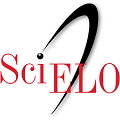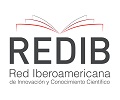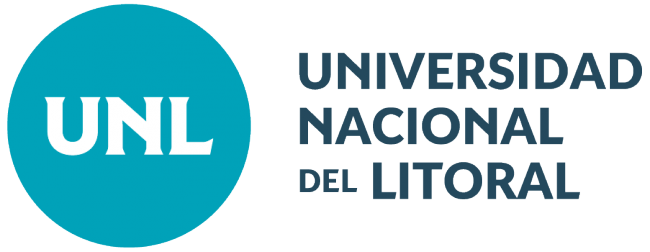Heat stress impact on physiological and behavioral parameters in dairy calves
DOI:
https://doi.org/10.14409/favecv.v19i2.9058Keywords:
heat stress, respiratory rate, rectal temperature, dairy calves, animal welfareAbstract
Among the stress factors to which dairy cattle is exposed heat is one of the most studied due to the impact it has on milk production. However, there is lack of information regarding this stress condition in calves compared to the one related to adult animals. The aim of this paper was to study the relevance of heat stress in dairy calves. For the experiment 246 dairy calves from 19 dairy farms were monitored in days with Temperature Humidity Index (ITH) above 72 between 12:00 pm and 03:00 pm. Heat stress related to ITH was categorized in three degrees: low, moderate and sever stress. Additional information was taken during the visit: shade access, water availability, body position, activity being developed, rectal temperature (TR) and respiratory rate (FR). Data were analyzed using ANOVA. Comparison between median values was analyzed with Tukey´s test (α=0,05) and correlation analysis with Spearman´s test. The software used to analyze statistical data was Infostat version 2019. Differences were found in the body position between animals exposed to sever stress versus those with moderate stress (p=0.0138). However, there were no differences in animal activity in any of the temperature exposures. Results on average rectal temperature (TR) showed differences (p=0.0063) between animals with low stress and those with severe and moderate stress (> 39.2 °C). Relative average of FR was higher (p<0.0001) on calves under sever heat stress, reaching above 80 breaths per minute. The correlation coefficient between ITH and TR was 0.25 (p=0.0001), and between ITH and TR was 0.33 (p<0.0001). Regarding the practices implemented on the farms was noted that 26% of calves did not have shade or water available at the moment data was taken.
Downloads
Published
How to Cite
Issue
Section
License
FAVE Sección Ciencias Veterinarias ratifies the open access model, in which contents (in full) are available free to anyone in the internet. The costs of production and publication are not transfered to the authors. This policy intends to break social and economical barriers that generate inequities in the access to information, and for the publication of research results.
All articles can be accessed at http://bibliotecavirtual.unl.edu.ar/publicaciones/index.php/FAVEveterinaria/issue/current/, under license Creative CommonsAtribución-NoComercial-Compartir Igual 4.0 Internacional.










